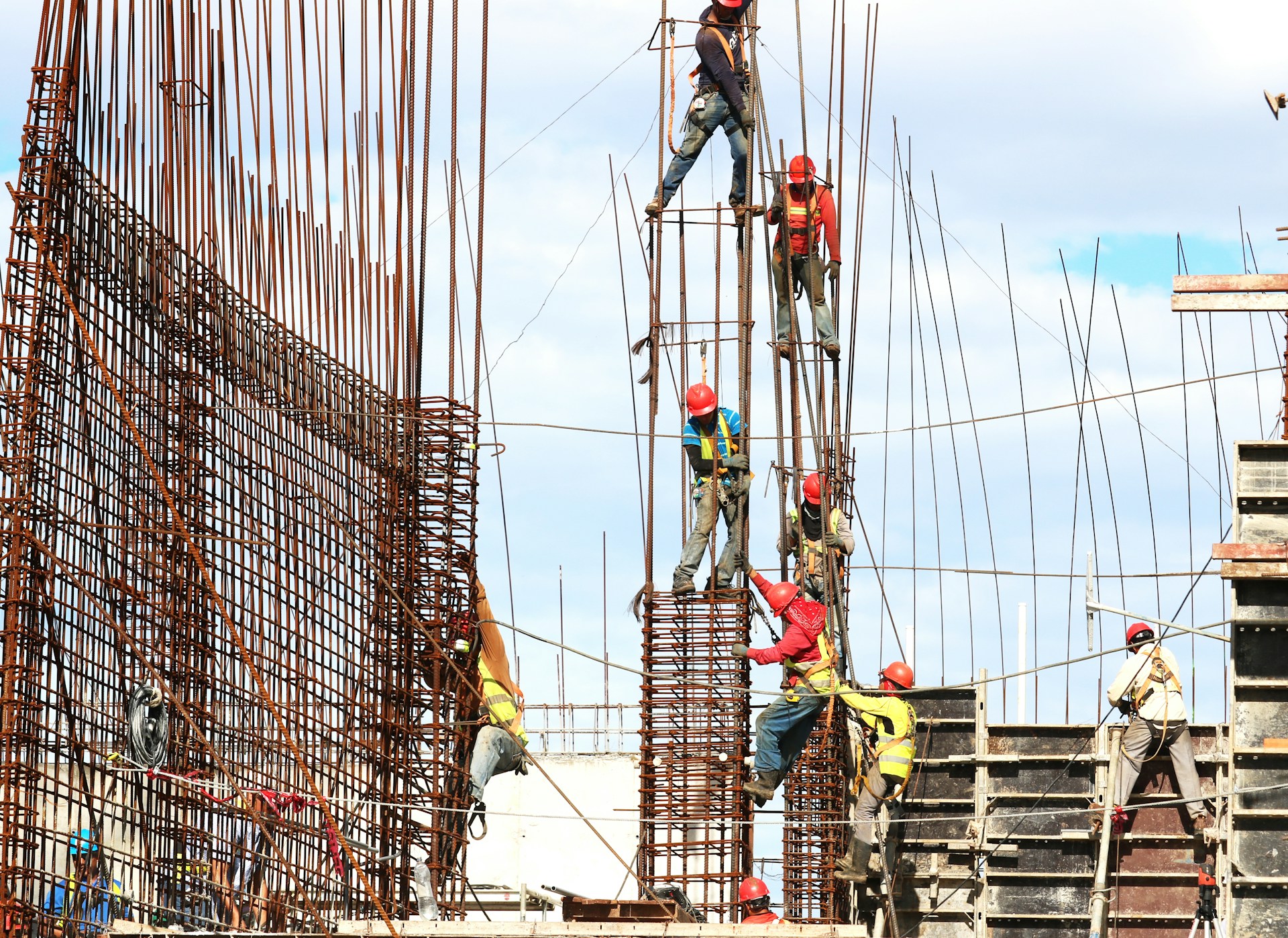Hybrid Construction Projects: Challenges and Solutions
Steels reinforced concrete, wooden, bamboo along with advanced composite material construction is gradually finding its way due to the characteristic of each material which when integrated in proper proportions can lead to creation of innovative structures that are efficient and sustainable.
But like any strategic management technique, it has its own difficulties.
In hybrid construction, therefore, material compatibility, cost control, and other issues must be addressed to avoid major challenges and harness the full benefit of this approach.
In this edition of the Journal, we will examine the major barriers to effective delivery of hybrid construction projects and the emerging best practices that are framing this area’s future.
Material Compatibility and Integration Challenges
Arguably one of the greatest problems of hybrid construction is the compatibility and integration of the different materials used.
This is because each material possesses a unique condition in terms of stiffness, strength, toughness, and stability in stress, temperature loads, and environmental conditions.
Challenges:
Differential Expansion and Contraction:
Different materials like steel and wood volume increases or decreases differently when exposed to heat.
It can result to joint and connection fatigue that are observed to have lost their desired strength in the long run.
Load Distribution:
The load-sharing characteristics of various materials are complex: engineering disciplines are needed in order to strike a balance.
For example, concrete has a high values of compressing strength, whereas steel possesses a high tensile strength.
However, the problem arising from incorrect design is that stress is not distributed uniformly.
Chemical Incompatibility:
Some of the material can react with the other contained within the barrel over time.
For instance, if the structure of the building is made of bamboo without any treatment it tends to corrode when in contact with concrete or even moisture.
Solutions:
Advanced Modeling and Simulation:
Nowadays, techniques such as Building Information Modeling allow the engineers to check the performance of the hybrid structures under different circumstances and guarantee the integration process.
Specialized Connectors and Joints:
By incorporating flexible connectors made of material suitable only for their intended connection, the impact of relative movement will be reduced, hence enhance the structural combined system’s efficiency.
Material Treatments and Coatings:
Coatings for timber and bamboo could also improve the performance and interaction with other industrial material such as concrete and steel.
When these challenges are tackled during the design phase of hybrid construction projects, the outcomes are long lasting and reliable.
Cost Management and Resource Efficiency
Concurrently, initial costs associated with hybrid construction are comparatively elevated than regular construction techniques because of design-difficulty, material procurement, and human resource complication.
Evaluating these costs against the long-term advantages of hybrid systems may be a problematic task.
Challenges:
High Material Costs:
Using materials such as engineered timber, high-strength steel or treated bamboo, produces a composite material that normally requires higher initial investment.
Specialized Workforce Requirements:
The assembly of hybrid structures involve expertise in managing different types of construction material and such talents may be hard to come by, or expensive.
Waste and Overuse of Materials:
One of the main challenges that arise from the application of the pre-fabrication method is the wastage of materials that occurs during the construction phase, either during assembly of pre-fabricated components, or during actual construction of the building.
Solutions:
Prefabrication:
Manufacturing hybrid parts that will be used on site in factories make it easier to control wastage, increase precision and decrease construction time hence cutting costs.
Optimization Software:
Control systems that guide the selection of materials, according to design necessities can reduce the quantity utilized and hence, the direct cost.
Modular Construction:
Hybrid structures can be planned and designed in a cluster or higher forming a modular system, where the components can be used and reused and hence the case of recycling materials reduces the costs of material throughout the different projects.
Local Material Sourcing:
This is a great advantage like when using bamboo in tropical region the cost of transporting the material is almost negligible.
Within these approaches, economies of scale can be obtained to ensure that hybrid construction is made more economically feasible without affecting its quality or sustainability.

Regulatory and Perception Barriers
It remains a relatively innovative practice and there are still a lot of areas where the existing codes, laws, and public understanding of the advantages of hybrid construction are not developed.
Through these gaps, time is added to project schedules, risk portfolios increase, and stakeholders’ resistance is viewed.
Challenges:
Lack of Standardized Building Codes:
Approval problems of integrated construction projects arise from the lack of regulation of the use of new building constructions through the combination of material types.
Perception of Risk:
Due to their experimental nature, both funders and consumers may view hybrid structures as being less efficient than more conventional technologies.
Limited Industry Knowledge:
A range of professionals, such as the architects, engineers, and contractors involved in the execution of hybrid systems may not have sufficient experience to deliver the best results.
Solutions:
Research and Development:
Further elaboration of the standards and guidelines for the implementation of hybrid construction is best done in cooperation with partnering universities, research institutions and industry players.
Education and Training:
Most of the industry professionals may not possess enough knowledge about hybrids to ensure their projects’ success; this is why workshops, certifications, and asymmetrical training programs should be introduced.
Showcase Successful Projects:
For instance, there are social campaigns available, and the construction of hybrid buildings also has precedents in the construction industry as well that could be presented to the beneficiaries and the general public.
Policy Support:
Such existing approaches as granting, tax exemption, and simplified permit for using sustainable and innovative construction materials should be offered as incentives to hybrid construction by governments.
Thus, as long as the legislative framework changes and the people understand the importance of rational construction, the Construction Integrated approach will gradually gain popularity and become a regular form of constructing environmentally friendly facilities.
Conclusion
Blended structures are one of the purest opportunities to design efficient buildings throughout numerous materials since they have unique characteristics.
However this concept surprisingly has its problems ranging from compatibility with certain materials, costs, to regulatory problems.
When it comes to hybrid construction, the concerns are relatively easily solved by the help of such means as BIM, prefabrication, optimizing software, and cooperation with representatives of the construction industry and governing bodies.
In addition, the communication of successful cases of endeavors such as timber-steel skyscrapers or bamboo-concrete eco-resorts, for example, will change the tendencies and contribute to increased use.
With construction advancements coming through, hybrid construction is set to define the form and function of a future construction that’s sustainable and efficient.
These include; the right approach taken to such challenges will lead to turning them to Opportunities for a New Era in Architectural design.
Also read: Mixed-Use Developments and Impact on Housing Prices

